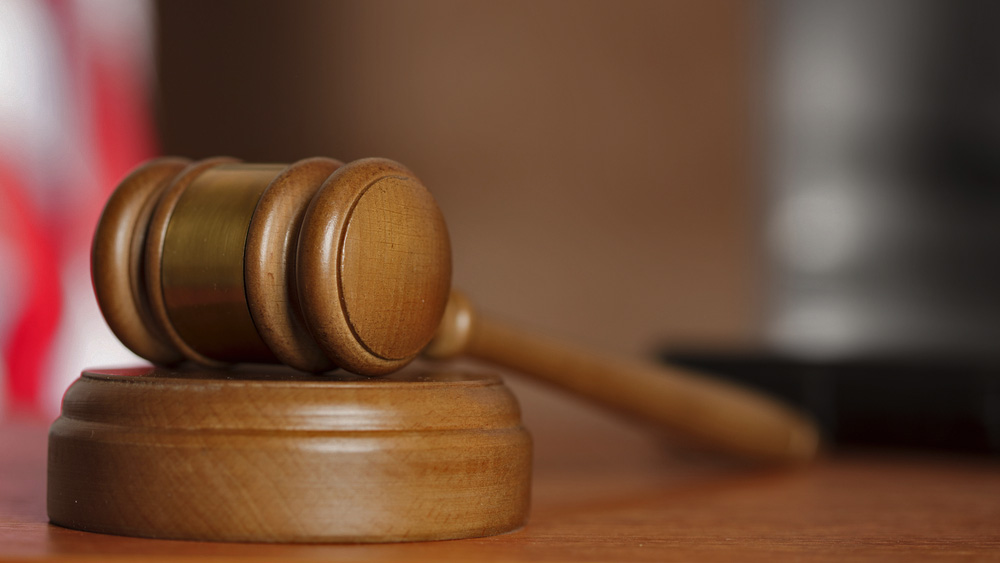Jill Biden is the latest high-profile case of "COVID rebound," as the White House announced Tuesday that the 71-year-old first lady had tested positive for the virus after testing negative just days before.
In recent weeks, President Joe Biden also wrangled with the ailment, leaving many Americans curious about just how frequent it is in patients who contract the virus.
While it's not common, a return of COVID symptoms after initial improvement can occur in nearly 30% of cases, and in some instances, a positive test result can occur even after several negative tests, according to a study.
Here's what we know about the phenomenon.
What is COVID Rebound?
The CDC defines “COVID rebound” as occurring between “2 and 8 days after initial recovery, and is characterized by a recurrence of COVID-19 symptoms, or a new positive viral test after having tested negative.”
How Often Does COVID Rebound Occur?
News
According to a study released early August, COVID rebound occurred in approximately 27% of cases evaluated by the project.
Of those cases, approximately 12% involved patients testing negative for COVID, and then achieving a rebound of viral load sufficient enough to trigger another positive test.
Feeling out of the loop? We'll catch you up on the Chicago news you need to know. Sign up for the weekly Chicago Catch-Up newsletter.
The "preprint study" (as it is called because it has not yet been published in a peer-reviewed journal) indicated a higher level of recurrence than some researchers anticipated, according to NBC News.
“It happens all the time. People who are untreated with COVID who then feel better can get symptoms afterward,” Dr. Davey Smith of the University of California at San Diego said in a statement.
Several high-profile examples of COVID rebound have been reported in recent weeks. President Biden, who tested positive for the virus earlier this year, had several days of negative tests before seeing a return of symptoms, and he then tested positive again for the virus.
He has since tested negative on back-to-back days, and has ended isolation.
White House Medical Advisor Dr. Anthony Fauci also had a rebound case of COVID earlier this year.
Both Fauci and Biden were prescribed Paxlovid when they tested positive for the virus.
What is Paxlovid?
Paxlovid is a COVID antiviral drug produced by Pfizer, and is primarily prescribed to COVID patients who are at-risk of serious illness or hospitalization due to a variety of preexisting conditions and other factors, such as age and health history.
The drug, which must be taken within five days of the onset of symptoms, has been shown in clinical studies to reduce the risk of hospitalization and death by 89%, according to officials.
Is COVID Rebound Something That Occurs Primarily With Patients Who Have Taken Paxlovid?
According to multiple studies and governmental reports, a person could potentially experience COVID rebound with or without having taken the Paxlovid antiviral.
According to the CDC, a rebound can occur “independent of treatment with Paxlovid, and regardless of vaccination status.”
While no full-scale studies have been performed, it does appear that those individuals who were previously treated with Paxlovid show “mild illness” from their rebound cases, according to the CDC.
In response to the studies, the Food and Drug Administration has asked Pfizer to test the effects of an additional course of the antiviral in patients experiencing "rebound" cases. The data will be due by Sept. 30 of next year, according to the FDA.
What Can Cause a COVID Rebound?
Researchers at University of California at San Diego say that one potential reason for a “rebound” in COVID symptoms is because of insufficient drug exposure, with not enough of the drug getting to infected cells to stop their replication from occurring.
The study did not show COVID-infected cells showing resistance to the drug in patients who had a rebound of symptoms, according to doctors.
What Should You Do if You Experience COVID Rebound?
The CDC recommends that a person who has experienced a COVID rebound to go back into isolation for at least five days, or until their symptoms have improved, whichever comes later.
While the CDC does not recommend a second course of Paxlovid for patients who had previously taken it, it can be prescribed in some instances, as it was when Fauci saw a return of his COVID symptoms earlier this year.
The advisor told reporters that his symptoms were more intense when he tested positive again, and that Paxlovid helped to keep him out of a hospital.



